An important painting by one of the most representative Italian artists of the 19th century, Enrico Coleman.
It depicts a village most probably from Lazio, perhaps a glimpse of Anticoli Corrado, the town famous for the attractiveness of its models, or rather Subiaco, his mother's birthplace.
The atmosphere here is typical of the XXVs of the Roman Campagna of which Enrico Coleman was probably the most important exponent.
The reason for this can also be seen in this small masterpiece that captures the washerwomen in their occupation immersed in a poetically bucolic atmosphere; a sky of unparalleled blue stands out in the background.
Signed below on the right
This painting, never before on the market, comes from an important Italian private collection and is beautified by an impressive antique frame in gilded wood, in almost perfect condition.
Certificate of authenticity issued by Sabrina Egidi official Expert in Italian furniture for the Chamber of Commerce of Rome and for the Rome Civil Courts.
Oil painting on paper
Enrico Coleman (21 or 25 June 1846 – 14 February 1911) was an Italian painter of British nationality.
He was the son of the English painter Charles Coleman and brother of the less well-known Italian painter Francesco Coleman.
He painted, in oils and in watercolours, the landscapes of the Campagna Romana and the Agro Pontino; he was a collector, grower and painter of orchids. Because of his supposedly Oriental air, he was known to his friends as "Il Birmano", the Burmese.
Enrico Coleman was born in Rome in June 1846.
He was the fourth child of the English painter Charles Coleman, who had come to Rome in 1831 and settled there permanently in 1835, and of a famous artist's model from Subiaco, Fortunata Segadori (or Segatori), whom he had married in 1836.
Coleman was initially taught by his father, did study at the Accademia di San Luca in Rome.
Following the mocking reception of Una mandria di bufali nelle paludi pontine, a naturalistic painting of a herd of buffaloes in the Pontine marshes, at the International Artist's Club in 1872,he reportedly began to paint genre subjects in the manner of the then-fashionable Mariano Fortuny, although no works showing the influence of the Spanish painter are known.
At the instigation of Nino Costa, he soon returned to the depiction of the people, animals and landscapes of the Campagna Romana and the Agro Pontino.
Coleman was lover of orchids, which he painted, collected and cultivated.
An 1894 watercolour of orchids is in the Galleria Comunale d'Arte Moderna e Contemporanea in Rome.
Coleman had a remarkable collection of indigenous orchids, which he cultivated himself in his house at 6 via Valenziana and the botanist Fabrizio Cortesi named the hybrid Orchis x colemanii Cortesi in his honour.
In 1875, Coleman was among the founding members of the Società degli Acquarellisti, the Roman society of watercolourists; he participated in the society's first exhibition in 1876, and continued to exhibit with them until 1907. In 1878 he was elected an honorary member of the Société Royale Belge des Aquarellistes, the Belgian royal society of watercolourists, with which he participated in the Salon de Paris in 1879 and to the 4th Esposizione Nazionale di Belle Arti, or national fine art show, of Turin in 1880, and to that of Milan in the following year; he showed works in London in 1882 and in Rome in 1883.
In 1885, Coleman was among the founding members of the group In Arte Libertas, of which Nino Costa was the leading force and the other founding members were Vincenzo Cabianca, Onorato Carlandi, Giuseppe Cellini, Alessandro Castelli, Cesare Formilli, Giuseppe Raggio, Alessandro Ricci, Mario de Maria and Gaetano Vannicola.
Dimensions are frame included
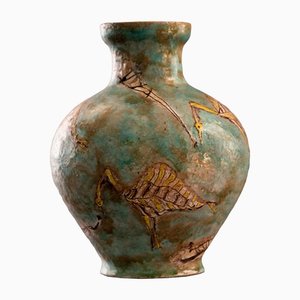
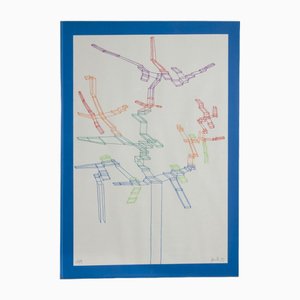
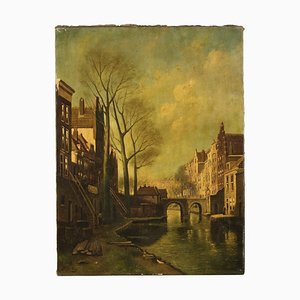
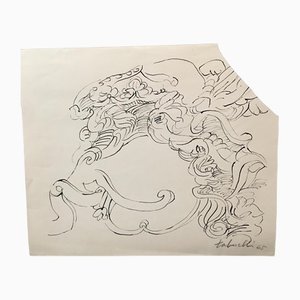

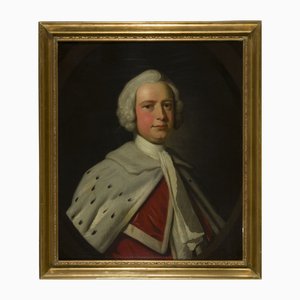
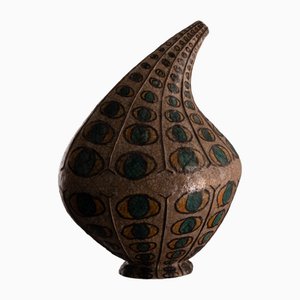
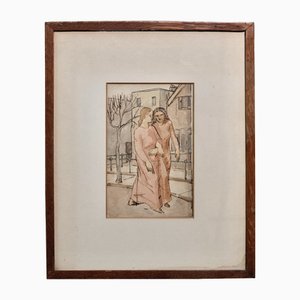
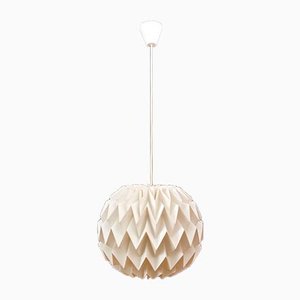
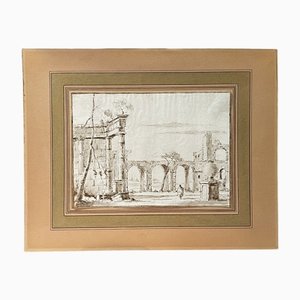
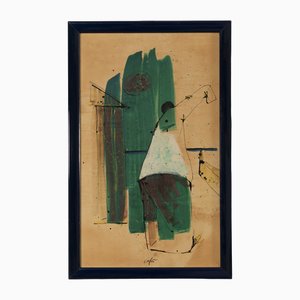

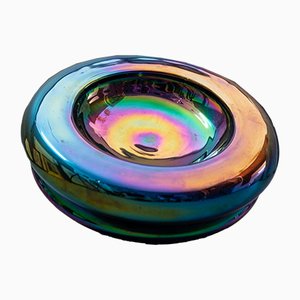
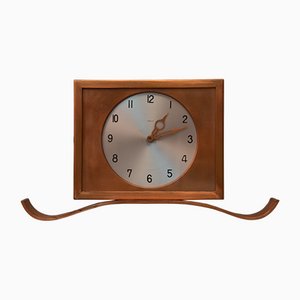
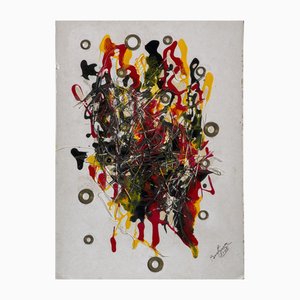
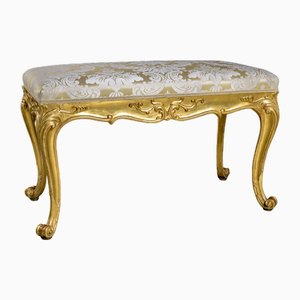

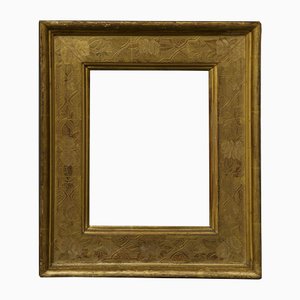
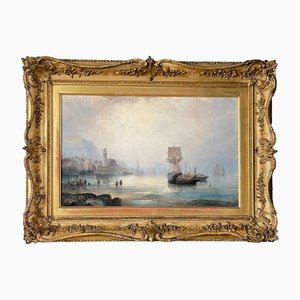
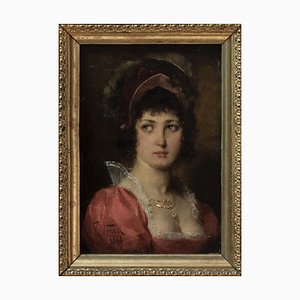
Get in Touch
Make An Offer
We noticed you are new to Pamono!
Please accept the Terms & Conditions and Privacy Policy
Get in Touch
Make An Offer
Almost There!
To follow your conversation on the platform, please complete the registration. To proceed with your offer on the platform, please complete the registration.Successful
Thanks for your inquiry, someone from our team will be in touch shortly
If you are a Design Professional, please apply here to get the benefits of the Pamono Trade Program